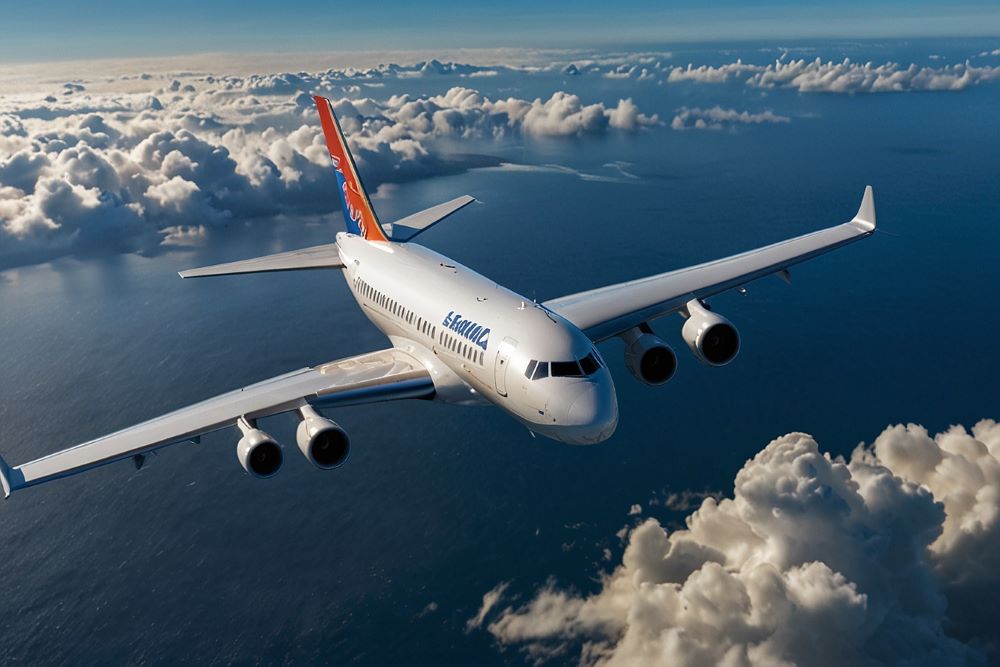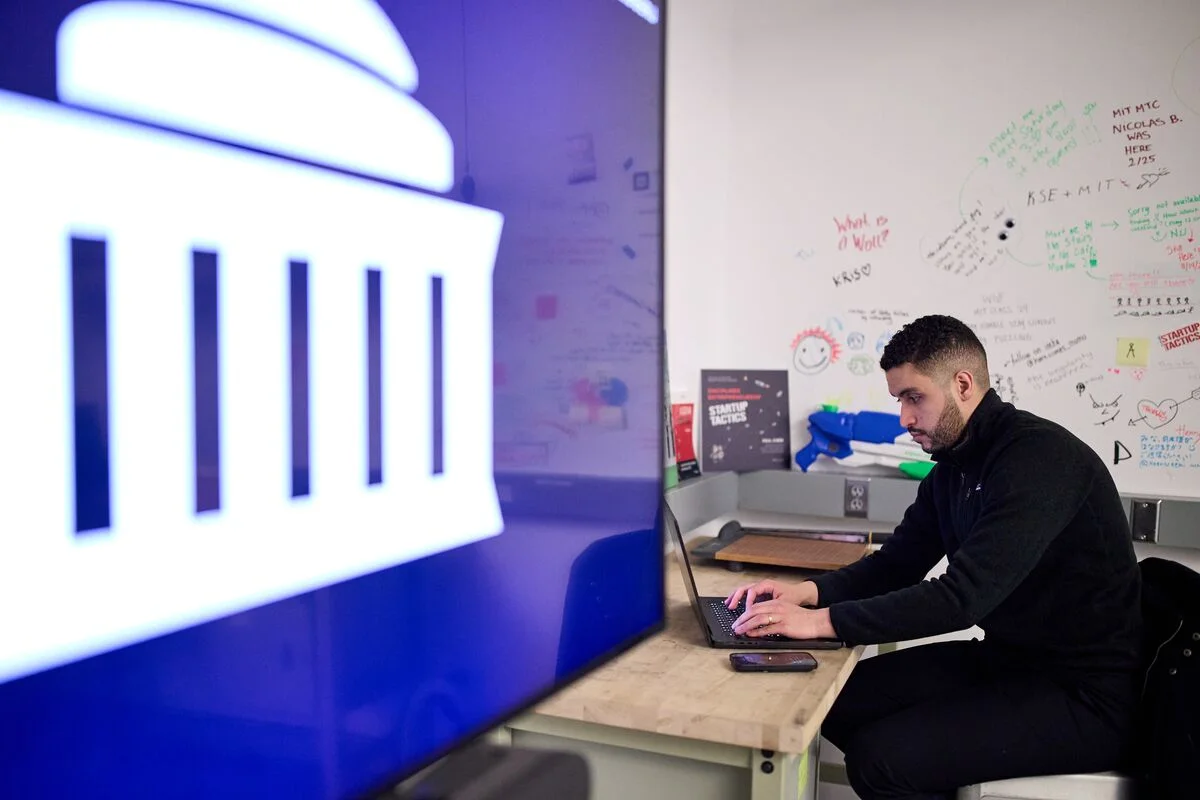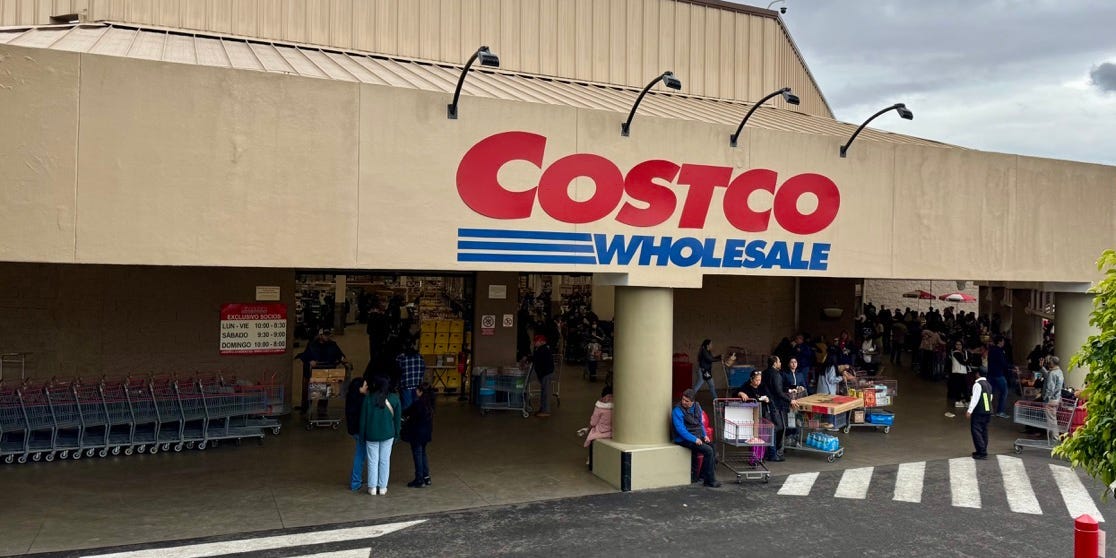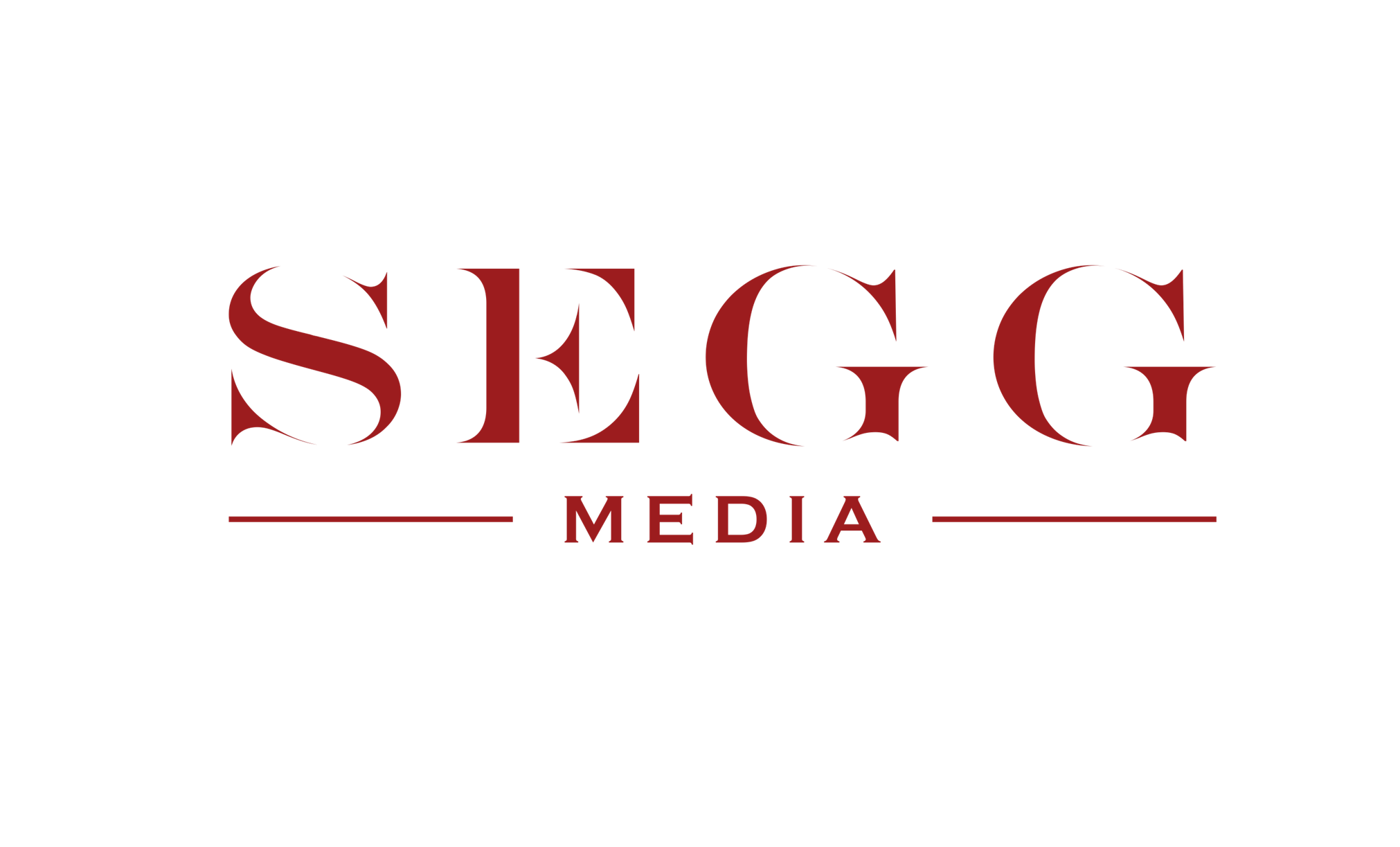Published on
November 26, 2025
Samoa Airways is embarking on a bold step towards global expansion, with plans to acquire two jets by 2026. This move will revolutionize international travel for Samoa, offering a significant boost to the nation’s connectivity. By introducing jets, Samoa Airways aims to connect Samoa directly to major destinations in Australia, New Zealand, and the USA. Currently, Samoan travelers rely on limited options for long-haul flights, but these new aircraft will provide more affordable and convenient travel choices. The airline’s decision to expand its fleet with jets reflects its ambition to cater to the growing demand for international travel, benefiting not just tourism but also the Samoan diaspora. The acquisition of these jets will enhance both national pride and global connectivity, helping Samoa compete on the international stage and making it easier for people to travel between Samoa and key regions around the world.
Samoa’s National Airline Prepares for Jet‑Era Leap
It’s not every day you see a small island nation signalling a major shift in its aviation ambitions — but Samoa is doing exactly that. Samoa Airways, the national carrier of the Independent State of Samoa, is preparing for a bold move into jet aircraft and full international operations. This story matters because for many Samoans, the airline’s expansion could mean cheaper fares, more direct routes, greater connection to home and diaspora.
Why Samoa Wants Two Jets by End of 2026
Samoa’s Prime Minister Laaulialemalietoa Leuatea Polataivao Fosi Schmidt has publicly confirmed that the government expects Samoa Airways to acquire two new aircraft by the end of 2026. He emphasised that the airline will heavily consult with senior Samoan pilots (some now living abroad) to select aircraft types with “low fuel consumption” and “manageable maintenance costs”. The two aircraft are expected to target popular international routes: Apia (Samoa’s capital) to Auckland/Wellington/Christchurch in New Zealand, Apia to Melbourne/Sydney/Brisbane in Australia, and potentially Apia–Honolulu–Los Angeles in the USA.
In other words: Samoa is signalling a shift from its current regional prop‑turboprop operations to genuine international services with jets.
The Current Fleet & Interim Steps
While the two‑jet plan looms, Samoa Airways is already taking interim steps. For example, the carrier is undergoing a retrofit of its de Havilland Twin Otter aircraft (registration 5W‑FAY) with delivery expected by March 2026. The first Twin Otter retrofit (registration 5W‑FAW) was completed earlier in 2025, reportedly costing about US$10 million and fully funded by the airline. These actions indicate that the airline is preparing its operations, maintenance infrastructure and aircraft base even as it plans the much bigger leap into jets.
Strategic Rationale: What’s Driving the Move
Affordable Travel & Diaspora Connectivity
For many Samoans, travel to New Zealand, Australia or the US has been costly because they’ve had to rely on foreign carriers (e.g., Air New Zealand, Qantas Airways). According to local reporting, return fares of between 2,000-3,000 tala (approximately US$740-1,100) for a 3.5-hour flight have been common. By acquiring its own jets, Samoa Airways aims to offer more direct options, greater capacity and — potentially — lower fares.
National Pride & Sovereign Connectivity
Operating its own jets on international routes is more than business—it’s a statement of national capability. The Samoan government emphasises that the airline should be a national flag carrier, investing in Samoan pilots, and even giving the diaspora a chance to invest in the airline via share offerings.
Tourism & Economic Boost
Better air connectivity helps tourism, which is a major economic factor for Samoa. More capacity + new routes = more inbound visitors + more outgoing Samoan travellers. The jets will allow Samoa to link more conveniently with its diaspora and international visitors alike.
Challenges & Risks Ahead
Of course, jumping into jet operations is not trivial. Several hurdles lie ahead:
Aircraft Selection & Financing
While the Prime Minister says consultations with pilots are underway, there is no public announcement yet of the exact aircraft models or contract details. That leaves a lot of uncertainty about cost, lease/purchase choice, delivery timing, and financing.
Operational Readiness
Jets require crew training, cabin/maintenance infrastructure, safety certification, and new regulatory compliance regimes. Samoa Airways will need to scale up its internal capabilities significantly.
Route Access & Competition
Launching jets on routes like Apia–Australia/New Zealand/USA means entering competitive markets. New route authorisations, airport slots, and marketing will all matter. And the big carriers already operate many of those routes.
Demand & Cost Pressure
Jets bring higher fixed costs (fuel, maintenance, crew). Samoa Airways will need high load factors to make the routes viable. If demand drops (due to economic or tourism downturns), the financial risk is real.
The Broader Oceania Aviation Landscape
While Samoa’s plan is one of the more visible moves, the Oceania region’s aviation sector is quietly evolving. For example, Air Niugini (Papua New Guinea) is undergoing a major fleet upgrade, expected to include Airbus A220-100 and Boeing 787-8 aircraft. Smaller carriers in the region, such as those operating for Pacific islands, are also refreshing turboprops and regional jets to strengthen inter-island connectivity. These shifts show that aviation in Oceania is increasingly seen as strategic — both for economic connectivity and regional integration.
What This Means for Travellers and Samoa
For travellers, the implications could be meaningful:
- More direct flights from Samoa to New Zealand/Australia/USA may become available in the next few years.
- Increased competition could lead to lower fares.
- The diaspora may find better connectivity and more flight options.
For Samoa itself:
- If successful, Samoa Airways could improve national connectivity, tourism receipts and national pride.
- On the flip side, failure or cost blow-outs could burden the national budget or raise ticket prices.
What to Watch For
- Confirmation of the aircraft models Samoa Airways selects (narrow-body jets vs wide-body).
- Formal contract announcements or leasing deals (which will show timelines and costs).
- Route launch announcements and schedule details for Apia–New Zealand/Australia/USA.
- Financial disclosures from Samoa Airways or the government showing cost-benefit and load-factor assumptions.
- Any regulatory or certification hurdles becoming public (crew training, maintenance capability).
Final Thoughts
It’s good to see Samoa taking bold steps in aviation. The notion of owning and operating jets brings big ambition — and big risk. If it pulls off the plan, Samoans home and abroad may soon have better flight options. If not, the cost might be steep for a small country. Either way, the next 12-18 months will be telling.










